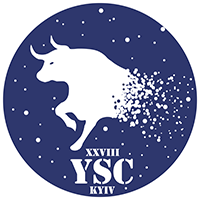Speaker
Description
The last decade has become a significant period for robotic exploration of the Solar system bodies. Among such research programs was The Dawn Mission to asteroid Vesta and dwarf planet Ceres. Results obtained during the mission allow us to carry out a detailed analysis of asteroid (4) Vesta surface properties by using methods that were developed and effectively used in the analysis of the Moon data.
Using the phase-ratio method provides new ways of searching areas with altered structure of regolith on the Vesta’s surface. In our research we used images obtained by the Framing Camera instrument (FC) during HAMO and LAMO orbital phases.
We could employ a phase-ratio method after several steps of image processing aimed to transform images to the same map projection, perform radiometric calibration, spectral and photometric scaling. The resulting phase-function slope has a greater functional dependence on the structural properties of surface. Moreover, the phase dependencies of several color indexes $C(\alpha) = \frac{R( \lambda_{1}, \alpha) }{R(\lambda_{2}, \alpha)}$ were obtained for each studied area. Comparison of maps of the relative reflectance, color index and phase ratio allows to identify evidence of slope processes and variations of chemical composition.
We built maps of the spatial distribution of phase ratio and color index for areas around five craters: Antonia, Vibidia, Serena, Helena, Laelia. The main results of the investigation will be presented at the conference meeting.

